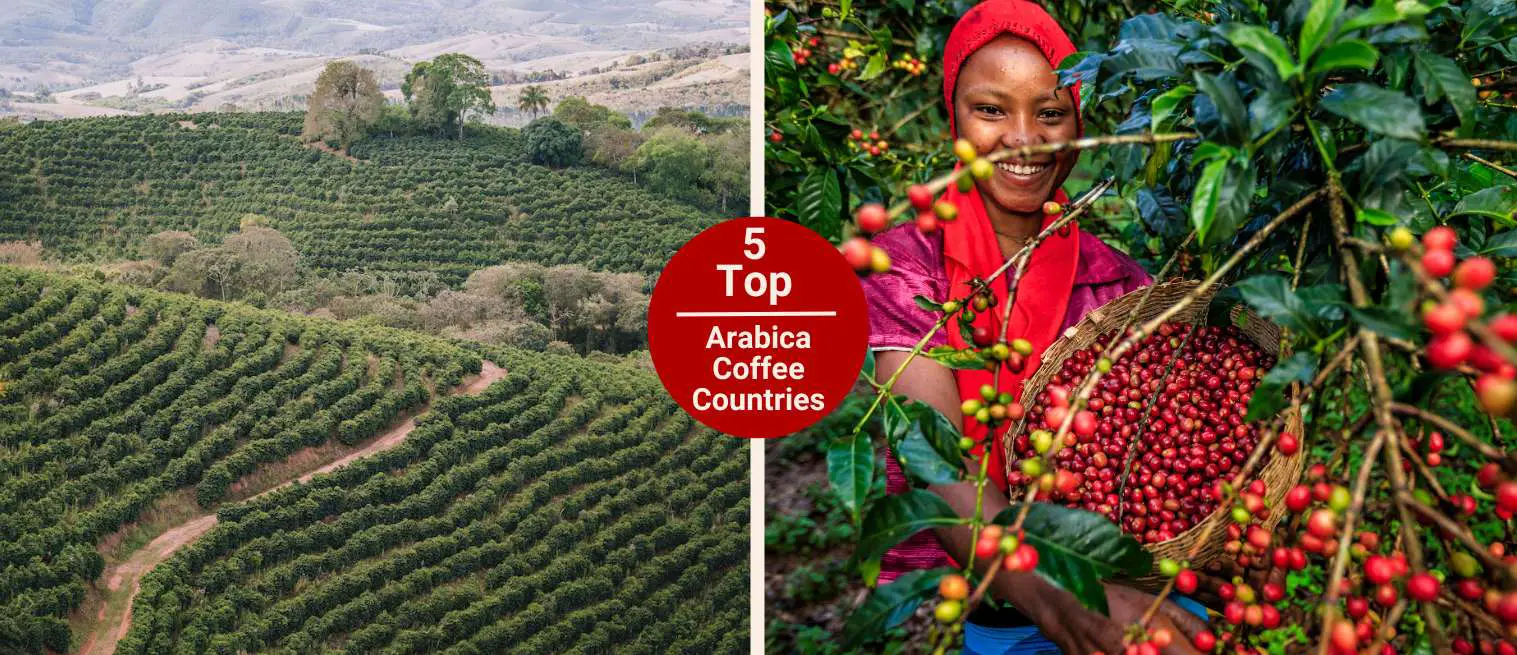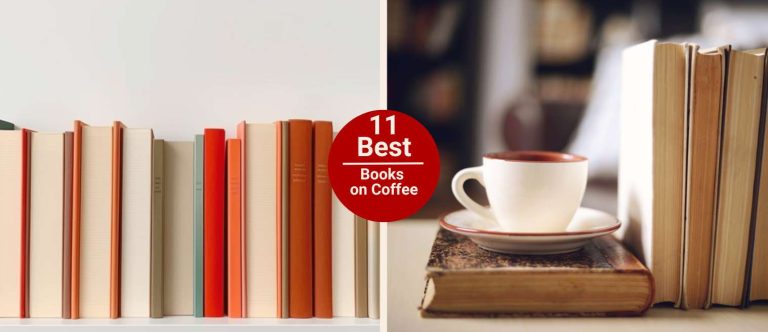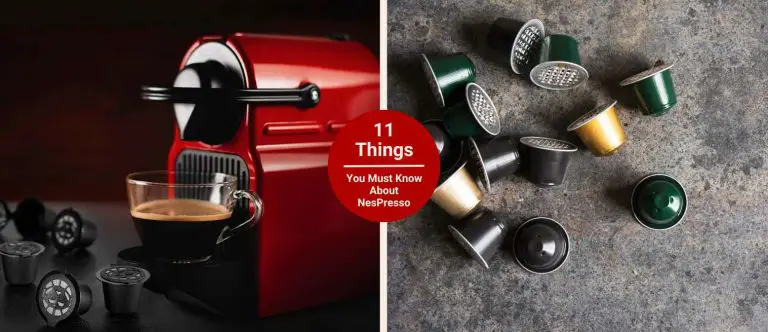5 Top Arabica Coffee Producing Countries (And What Makes Them Unique)
Ever wondered how Brazil became the biggest name in coffee?
I’ll be honest: When I first started getting into coffee, I didn’t think about where the beans came from. If it tasted good, it was good. Simple as that.
But after writing for Coffee Voilà and pulling endless shots on my Barista Express, something shifted. I started paying attention. To the aroma. The body.
The little tasting notes that hinted at something deeper. And that’s when it hit me, every cup tells a story. The soil, the altitude, the climate, the farmers… they all play a part.
If you’re curious about why your Ethiopian pour-over hits different than your Brazilian espresso or why certain beans just click with your brew method. You’re in the right place.
In this guide, we’ll walk through the 5 top Arabica coffee producing countries and explore what makes each origin unique. So let’s get started!
5 Top Arabica Coffee Producing Countries
If you’re short on time or just want a quick snapshot, here’s a handy table breaking down the five Arabica powerhouses and what makes each one special:
| Country | Main Growing Regions | Flavor Profile | Best For | Notable Traits |
|---|---|---|---|---|
| Brazil | Minas Gerais, São Paulo, Bahia | Nutty, chocolatey, low acidity | Espresso blends, milk drinks | Largest producer, sun-dried beans, smooth and mellow |
| Colombia | Antioquia, Huila, Nariño | Balanced, caramel, red fruits, citrus | Pour-over, black coffee | Mountain-grown, hand-picked, FNC quality control |
| Ethiopia | Yirgacheffe, Sidamo, Harrar | Floral, fruity, tea-like complexity | Manual brews (Chemex, V60) | Birthplace of Arabica, heirloom varietals, wild flavors |
| Honduras | Copán, Santa Bárbara, Marcala | Sweet, mild acidity, cocoa, tropical fruits | Filter, single-origin espresso | Rising specialty origin, small farms, solar drying |
| Kenya | Nyeri, Kirinyaga, Embu | Bright acidity, juicy, blackcurrant, citrus | AeroPress, pour-over | SL28 & SL34 varietals, double fermentation, auction-based |
1 – Brazil (The Global Giant)
When I first started exploring Arabica coffee origins, Brazil didn’t exactly scream “exotic.”
But the moment I brewed a fresh medium roast from Minas Gerais, I got this nutty, smooth flavor with a mellow chocolate aftertaste. That’s what you can expect from most Brazilian brands.
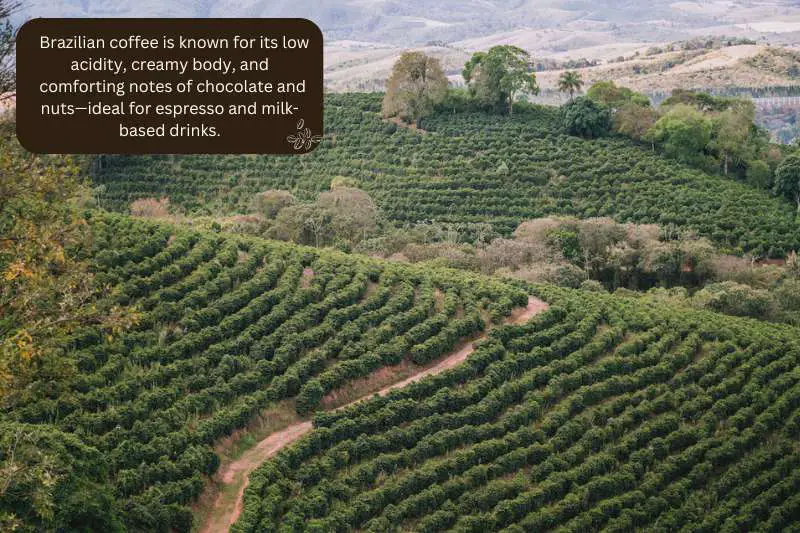
A Coffee Powerhouse
Brazil produces about a third of the world’s coffee supply, making it the undisputed giant in the industry. Most of the plantations are in Minas Gerais, São Paulo, and Bahia.
Where sunny weather and rich soil offer ideal growing conditions for Arabica beans. It’s wild to think some of these farms stretch thousands of acres.
What Makes Brazilian Arabica Special?
Flavor-wise, Brazilian Arabica beans lean toward low acidity, creamy body, and nutty or chocolatey notes.

You’ll find them especially good if you’re into espresso blends or milk-based drinks like cappuccinos. I’ve had some excellent shots using Brazilian beans in my Barista Express. For instance:
- Café do Ponto makes a rich, mellow roast that’s easy to dial in,
- Peet’s Brazil Minas Naturais brings out that smooth, toasted-nut profile that pairs beautifully with steamed milk.
However, don’t expect the same complexity or unique flavors with Ethiopian coffee beans. It’s more about smooth balance and drinkability than wild fruit or floral highs.
Processing and Harvesting
Unlike many countries that wash their beans, Brazil uses the natural (dry) process for most of its Arabica. The cherries are dried in the sun before the beans are hulled out.

That sun-drying gives the beans extra body and a slightly fruity sweetness. You’ll especially notice it in medium or light roasts.
Another twist? Harvesting here is often done by machine rather than hand, which is practical for Brazil’s massive farms but also helps keep prices competitive.
2 – Colombia (The Smooth Classic)
Colombian coffee is easy to love. It delivers a smooth, balanced flavor that keeps you coming back for more.

Why Colombia Nails Consistency?
Colombia has one major thing going for it: altitude. We’re talking mountain-grown Arabica, often between 1,200 to 2,000 meters above sea level in regions like Huila, Antioquia, and Nariño.
These high elevations give the beans more time to develop sugars and acidity. And that translates to a well-rounded flavor, such as caramel, citrus zest, a little red fruit, and just the right touch of brightness.
What I’ve learned after brewing some Colombian beans (Chemex, AeroPress, even moka pot) is that it’s almost foolproof. The flavors hold up across brewing methods.

And if you like black coffee without sugar, Colombia is usually my first recommendation. It’s never too bitter or sharp. I’ve had great luck with Don Pablo’s Colombian Supremo. You can expect a smooth, rich, and super forgiving, even if you mess up the grind a little.
The Power Behind the Cup
One thing that sets Colombian coffee apart is the structure behind it. The Federación Nacional de Cafeteros (FNC) has been around since 1927.
And they’re the reason quality stays high. Because they support over 500,000 small coffee farmers, provide fair pricing systems, and even created the iconic Juan Valdez brand, you’ve probably seen.
Many beans are still hand-picked, which blows my mind considering how much coffee Colombia exports. That attention to detail shows up in the cup: it’s clean, smooth, and always dependable.
A Couple Beans I Keep Reaching For
If you’re looking to try some, I’d say check out Café San Alberto. They focus on small-lot specialty beans with tons of character.
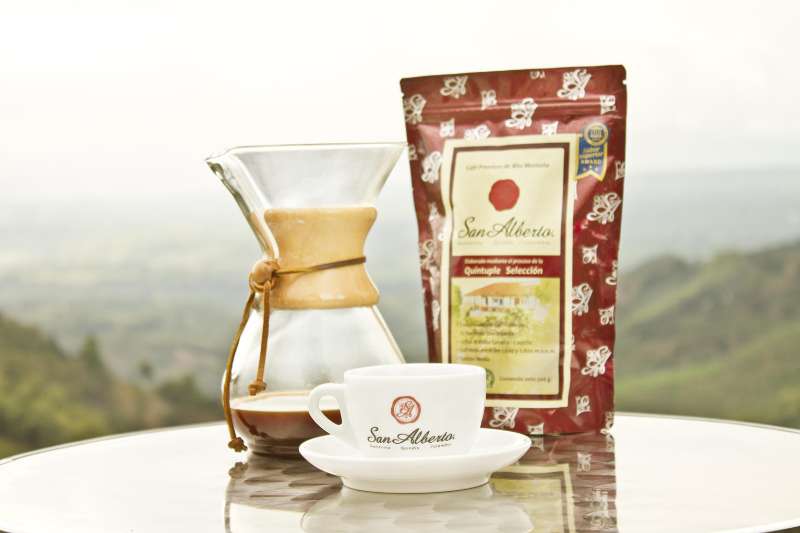
For something more widely available, Volcanica’s Colombian Supremo is a great example of classic Colombian done right.
Their coffee has a rich body, vibrant acidity, and a nutty-sweet finish that works beautifully in pour-over or French press.
3 – Ethiopia (The Birthplace of Arabica)
If you’re into coffee with character, Ethiopia is where the magic starts. It’s the actual birthplace of Coffea arabica, and it shows. The flavors, the diversity, the traditions. Ethiopian coffee is a whole experience.
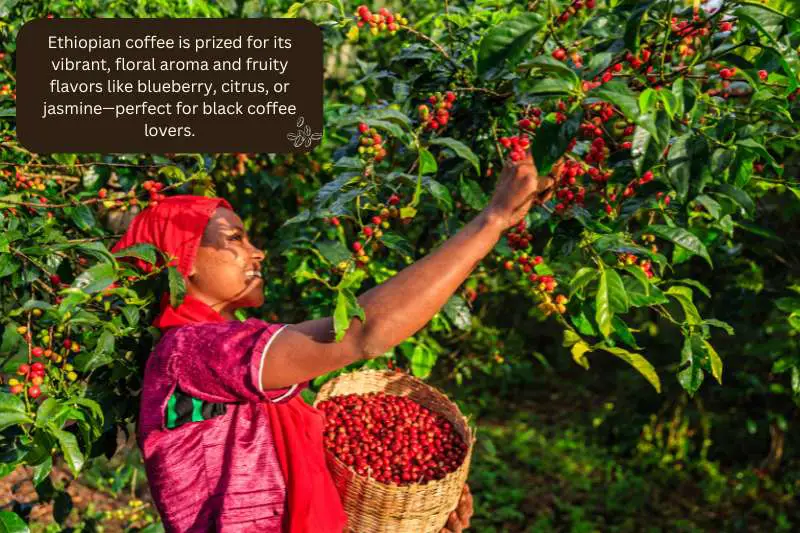
Where It All Began?
Ethiopia isn’t just famous for coffee, but it’s where Arabica originated. The fact is farmers have been cultivating it for centuries. Often, traditional methods are used in small garden plots, or they harvest wild forest coffee.
Today, the country supports over 4 million coffee farmers, and coffee still makes up around 30–35% of Ethiopia’s foreign income.
Famous Growing Regions
Yirgacheffe: Expect floral, tea-like notes with jasmine and bergamot. A classic for a reason. If you’re new to it, try Volcanica’s Ethiopian Yirgacheffe. They do a great job capturing that clean and citrus-floral profile.
Sidamo: Bright acidity, lemon zest, and sweet berries. Some of the highest-grown beans in the country. I’ve had a few good ones. However, Cooper’s Cask Ethiopian Sidamo stands out if you want something small-batch and nuanced.
Harrar: More rustic and wild. You get flavor profiles such as winey, fruity, even blueberry or spice-filled. You’ll find it great if you love complexity and don’t mind a little unpredictability in the cup.
These regions aren’t just labels; they’re trademarked names owned by Ethiopia to protect their unique flavor identities. Each cup tells you something about the land, the processing, and the heirloom variety behind it.
Processing & Variety
Most Ethiopian coffee is still hand-harvested, with beans processed using washed or natural (dry) methods. Usually, washed coffees have clearer, cleaner flavors (perfect for pour-over), while natural ones are heavier, fruitier, and great in espresso.
And here’s something special: Ethiopia has the widest genetic diversity of heirloom coffee varieties worldwide. In fact, many are still uncatalogued.
What to Expect in the Cup?
Floral. Fruity. Complex.
Ethiopian beans are known for their lively acidity, delicate body, and often surprising flavors like a sip of citrus followed by a hint of blueberry or bergamot.
If you’re after bold or earthy, this isn’t it. But if you want a cup that feels alive and layered, Ethiopia delivers.
4 – Honduras (The Rising Star)
When people talk about the top Arabica coffee producers, Honduras doesn’t always come up first. But that’s changing—and fast.

A Quiet Climber in the Specialty Coffee World
I used to overlook Honduran coffee. It didn’t have the same hype as Ethiopian or Colombian beans. But then I brewed a washed lot from Marcala. I got sweet, mild acidity, smooth like cocoa, and this soft tropical fruit note at the end.
It was pretty unique, and honestly, it might just become one of your favorites too.
That cup completely changed how I saw Honduras. I’ve since brewed different bags from Santa Bárbara and Copán, and each one had its own personality.
Some carried nutty, chocolatey notes; others had this almost melon-like sweetness with a bright citrus touch.
Why Honduras Deserves a Spot on Your Shelf?
Honduran Arabica is grown mostly on smallholder farms, often above 1,200 meters. Thanks to regions like Santa Bárbara and Marcala, quality-focused micro-lots are more common now, many of them certified or traceable.
Furthermore, IHCAFE (Honduras’ national coffee institute) has put serious effort into improving infrastructure, sustainability, and farmer education—and it shows in the cup.

I’ve had great results using AeroPress and pour-over with beans from COMSA in Marcala.
If you’re curious, check out brands like Catracha Coffee or Birds & Beans. They source from Honduran farms and support long-term sustainability projects.
5 – Kenya (Bright and Vibrant Cups)
I still remember my first pour-over made with a single origin from Nyeri. It had this mouthwatering blackcurrant note, super juicy, with a lemony acidity that wasn’t sour.
And the finish? Clean as a whistle. That one cup turned me into a full-blown Kenya coffee chaser.

What Makes Kenyan Coffee Special?
Kenya’s coffee farms sit at high altitudes, between 1,400 and 2,000 meters, mostly on the slopes of Mount Kenya and the Aberdare Range.
These elevations, combined with volcanic soil and consistent rainfall, are a dream for growing Arabica, especially the famous SL28 and SL34 varieties.
These cultivars are cherished for their sweet, wine-like acidity and bold structure.
Furthermore, most of the top-grade lots go through Kenya’s signature double fermentation (also called “double washed”). It’s an extra step that brings out stunning clarity and complexity in the cup.
If you’ve ever had a Kenyan coffee that practically sparkled, that’s probably why.
Favorite Regions and Flavor Notes
I’ve had some stellar coffees from Kirinyaga. It gives you bright, citrus-forward, and layered with tropical fruit.
Embu tends to lean more floral, while Nyeri can deliver a deep, berry-heavy cup that’s super syrupy. Honestly, no two Kenyan coffees taste quite the same, and that’s part of the fun.
If you’re a fan of fruity, high-acid coffees that aren’t shy on personality, Kenya’s your spot. But fair warning: this isn’t your laid-back, mellow brew.
Instead, expect bold, expressive, and often a little wild coffee.
A Quick Note on Auctions
Most Kenyan coffees are sold through the Nairobi Coffee Exchange. It’s a centralized auction system that rewards high quality with higher prices.
That’s good news for growers pushing for excellence. However, it also makes building direct relationships harder for roasters.
Still, many specialty buyers see it as a fair system that keeps quality top of mind.
Tip: Look for labels like “Kenya AA” or “AB.” These refer to bean size, not necessarily quality. But they can help you identify the kind of cup you’re getting. And if you spot names like Nyeri Hill or Kamwangi, give them a try. They’ve never let me down.
Why These Countries Lead in Arabica Coffee?
So what makes places like Ethiopia, Colombia, or Kenya so good at growing top-tier Arabica? It’s not luck! Rather a mix of nature, tradition, and passion.
Once again, you start researching, and you realize there’s a whole system behind the cup. The fact is that the countries we’ve covered nurture their coffee from seed to sack.
You’ve got farmers climbing hillsides, sorting cherries by hand, working with co-ops, and adapting to climate changes on the fly. Anyway, here’s a quick look at the key reasons:
| Factor | Why It Matters |
|---|---|
| Climate | High altitudes, steady temps, and dependable rainfall help develop complex flavors and slow maturation. |
| Soil | Volcanic and nutrient-rich soils give coffee plants the minerals they need to thrive. |
| Harvesting Methods | Hand-picking ensures only ripe cherries get processed—better cup quality, less bitterness. |
| Local Infrastructure | Co-ops, export programs, and quality control boards (like Colombia’s FNC) help farmers scale sustainably. |
| Innovation & Sustainability | From new hybrid varieties to eco-friendly dryers, these countries are investing in future-proof coffee. |
Notes: All of this means more consistent, traceable, and high-quality beans for us.
Tips for Choosing Beans by Country
After years of brewing, I’ve learned that your coffee beans can make or break your morning cup. So here are some suggestions:

Where to start?
If you’re into sweet and nutty, with mellow chocolate vibes and low acidity, start with Brazil. It’s like comfort food in coffee form. You’ll find them great for espresso or when you’re adding milk.
Do you prefer pour over or Aeropress?
If fruity and floral is more your jam, Ethiopian beans are where it’s at. Usually, Sidamo or Yirgacheffe gives you notes like jasmine, peach, or even blueberry, depending on how it’s processed. These shine best with pour-over or AeroPress, where you can taste the layers.
More balanced and smooth coffee…
For a balanced and smooth cup with a little citrus, a touch of red fruit, and that classic caramel body, Colombia is a solid go-to. Honestly, it’s hard to mess up. I’ve brewed Colombian beans in everything from moka pots to French press and they’ve never disappointed.
About roasts and brewing methods
Also, take a second to check the roast level and brewing method recommended.
- Light roasts? Great for pour-over.
- Medium? Nice and versatile.
- Dark roast? Think espresso or cold brew.
And lastly, don’t sleep on the altitude and traceability info on the bag. Commonly, high-grown beans (like 1,500m+) have more developed flavors.
If the packaging tells you the farm, varietal, and process, you know the roaster cares, and that’s frequently a good sign the coffee’s worth sipping.
Last Thoughts
Alright, now it’s your turn: have you tried any standout Arabica beans from these countries? Maybe a buttery Brazil, a floral Yirgacheffe, or a bold cup from the hills of Kenya? I’d love to hear which brands or roasters have wowed you (or totally missed the mark).
And hey, if you’ve got a go-to Arabica from a country we didn’t cover like Peru, Rwanda, or Papua New Guinea, then drop it in the comments.
Questions? We Have Answers.
Get answers to a list of the most Frequently Asked Questions.

